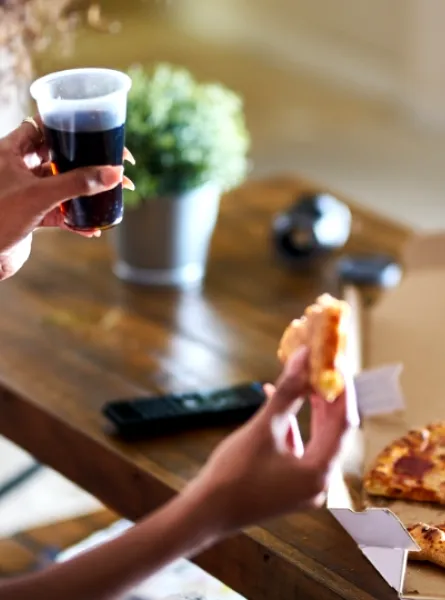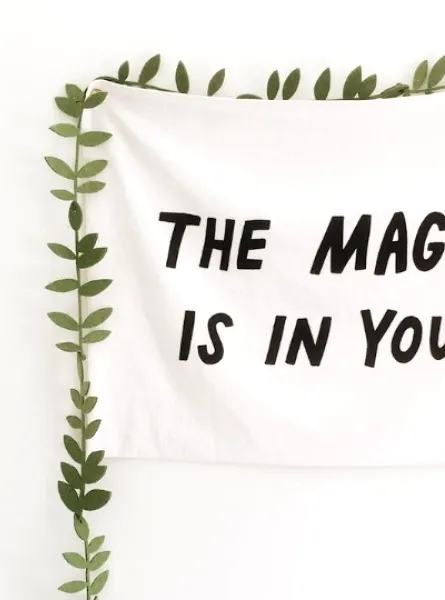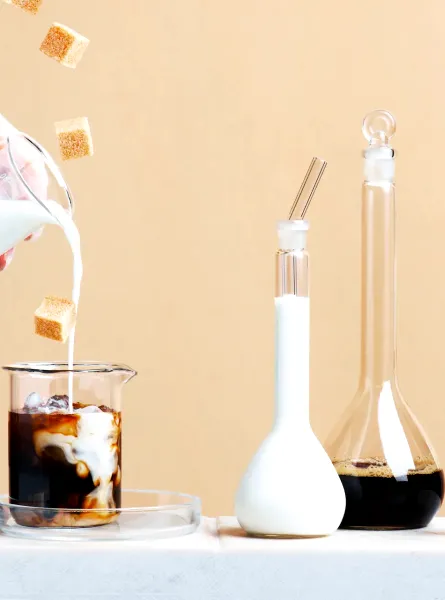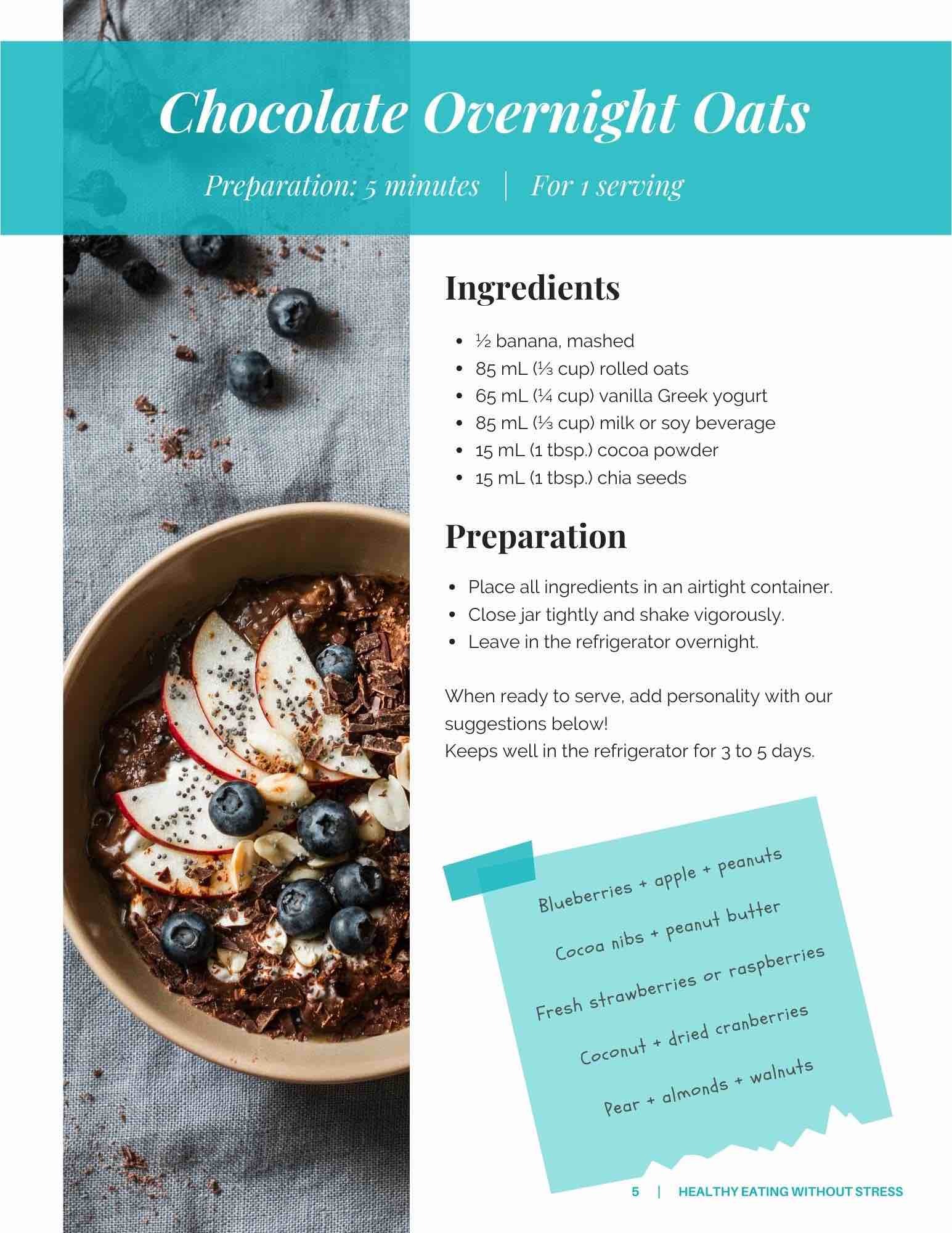
With winter finally here, the days shortened, as well as the historic confinement we are currently going through, it’s normal that our morale is affected; especially this season of the year. What exactly explains the special power that the sun has on our mood, and more importantly, are there any foods to counter the winter blues?
The Power of Light on Our Mood
When the rays of light pass through our eyes, they turn into electrical signals and are sent to the brain. Various neurotransmitters are then released by our brain, including serotonin, better known as the “happiness hormone”. To compare, on a sunny summer day, the level of light can be up to 65 times higher than on a sunny winter day! No wonder our mood can be highly affected by the change of season.
The Power of Food on Our Mood
In addition to its influence on your appetite, have you ever noticed the effect of food on your mood? Once again, neurotransmitters are at work! This is particularly the case for the happiness hormone (serotonin) as well as two other neurotransmitters that increase our state of alertness and concentration : adrenaline and norepinephrine. Among other things, the release of these molecules is influenced by what is on your plate!
Carbohydrates and Serotonin
Carbohydrates, which are found mostly in fruits, starches, dairy products and sugary foods, promote the release of our happiness hormone. By choosing foods that are high in fiber as well, your satiety and digestion will additionally be rewarded. For example :
- Whole wheat breads, crackers, cereals and pasta
- Whole grains (brown rice, bulgur, quinoa, oats, buckwheat, barley)
- Potato with the peel
- Legumes (chickpeas, lentils, beans)
- Fruits and vegetables
Protein and Epinephrine-Noradrenaline
Proteins (found in certain products of animal and plant origin, among others) promote the release of adrenaline and noradrenaline. By opting for low-fat choices, you can feel lighter and fuller for longer after the meal, and at the same time help prevent cardiovascular diseases too! For example :
- Fish and seafood
- Lean pork and beef
- Skinless chicken and turkey
- Eggs
- Low fat dairy products (yogurt, milk, cheese)
- Soy or pea beverage
- Nuts
- Legumes (chickpeas, lentils, beans)
- Tofu and textured vegetable protein
Here’s how to add happiness plus light to your plate and to your snacks in a few steps:
For your plate:
- 50% designated to vegetables and/or fruits
- 25% designated to other foods rich in carbohydrates
- 25% designated to protein
For example: a salad meal composed of various vegetables + hard-boiled eggs (or tofu) + whole wheat crackers, all drizzled with a house dressing (olive oil, balsamic vinegar and garlic).
For your snacks: - Carbohydrates + proteins For example: apple + almond butter (or your favorite nuts); mix of dried fruits, dark chocolate + nuts; or even whole wheat crackers + legume dip such as hummus.
Enjoy your meal! ☼






